Get to Know A County: Lincoln
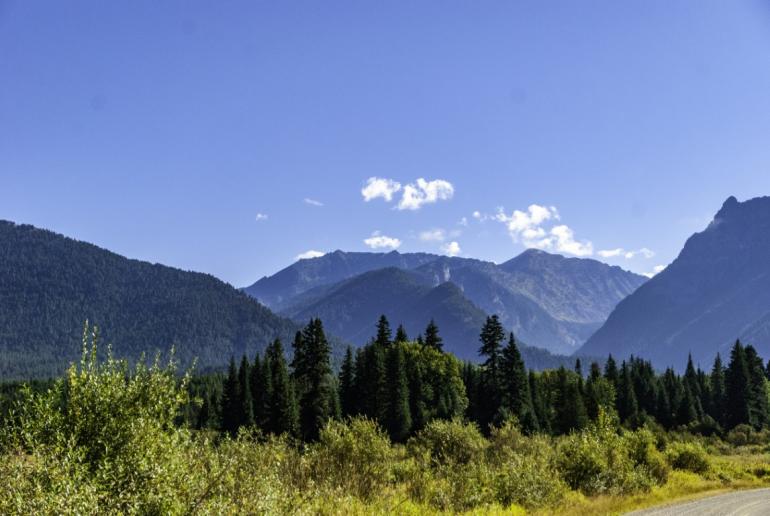
A land of great contrasts, Lincoln County is the location of the lowest point in Montana. The Kootenai River flows across the state line into Idaho at an elevation of 1,820 feet. But as the Kootenai River cut its canyon between the Percell Mountains (shown as Purcell on Canadian maps) to the north and the Cabinet Mountains to the south, the view is almost disorienting; it is hard to feature being at Montana’s lowest point when you’re surrounded by mountains rising 5,000 to 6,000 feet above you.
The normal “Lincoln County” highway signs have been supplemented by special signage on Montana Highway 56 and U.S. Highways 2 and 93. On all three roads you’ll see paired signs. The one on 56 tells you that Troy is “Lowest in Elevation/ Highest in Recreation.” And recreation is big in Lincoln County.
The Kootenai, Yaak, and Fisher Rivers all offer plenty of fishing opportunities. And Lincoln County’s lakes offer camping, boating, and swimming as well as fishing. From Bull Lake in the southwest to the Thompson Chain of Lakes strung out along U.S. Highway 2, all have campgrounds and boat ramps. Lake Koocanusa, the reservoir behind Libby Dam, stretches over ninety miles across both Lincoln County and southeastern British Columbia. The name of the lake is made from the first three letters of KOOtenai CANada and USA—hence Koocanusa.
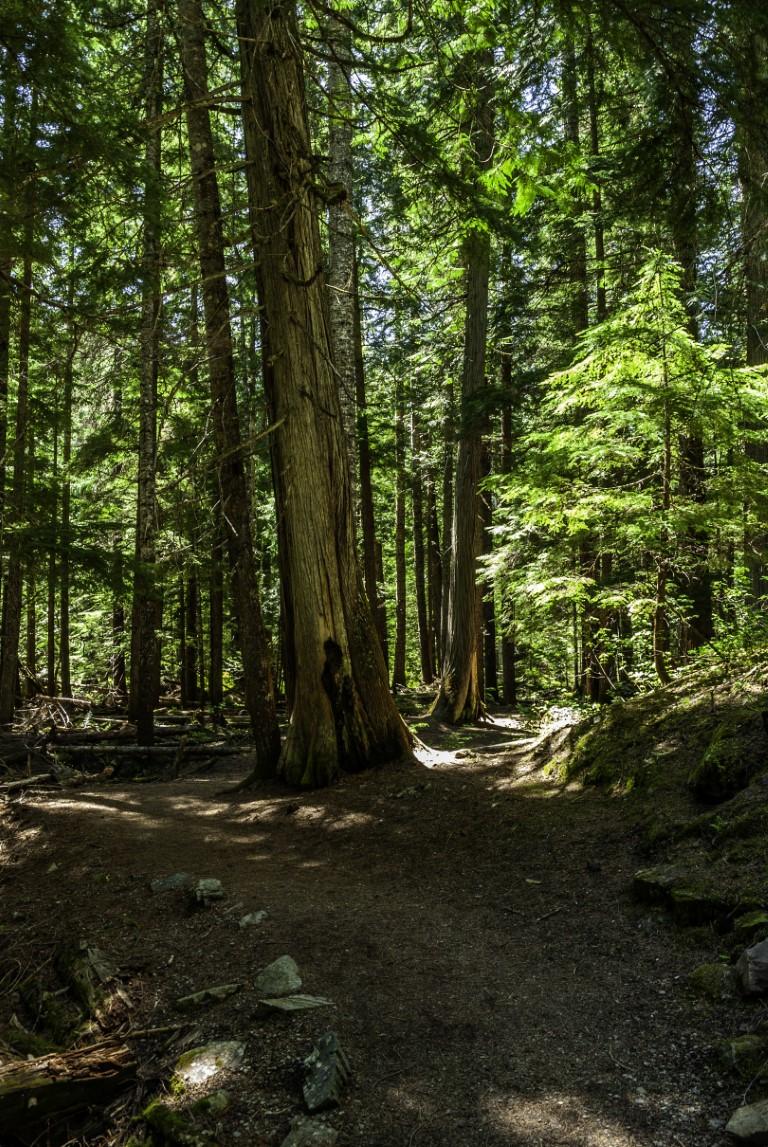
Lincoln County has over fifty hiking trails, including a portion of the Pacific Northwest National Scenic Trail. There are numerous ski trails and even a volunteer-run downhill ski area, Turner Mountain, just 22 miles north of Libby.
 Libby, Lincoln County’s largest city and the County Seat, is known as the City of Eagles. As you drive around town you can’t miss the metal sculptures that range in size from six feet to 40. Another “can’t miss” are the numerous vehicles lifted on poles. Libby is home to the Ignite the Nights Car Show, an annual event since 1961.
Libby, Lincoln County’s largest city and the County Seat, is known as the City of Eagles. As you drive around town you can’t miss the metal sculptures that range in size from six feet to 40. Another “can’t miss” are the numerous vehicles lifted on poles. Libby is home to the Ignite the Nights Car Show, an annual event since 1961.
History buffs should be sure to visit the Heritage Museum in Libby and the Tobacco Valley Historical Village in Eureka. The Heritage Museum is housed in an unusual log building, a dodecagon of logs. It is the only 12-sided building in Montana, built with hand-peeled and notched indigenous western larch and lodgepole pine. Opened in 1978, the museum houses 41 displays including Native American life; logging, railroad, and natural history; the artwork of Roy D. Porter; and the unnatural history foisted on the community by W.R. Grace and the Zonolite Corporation. Vermiculite mined in the Libby area has brought asbestosis to the people of Libby and Troy, and a 20-year EPA cleanup that just ended in 2019. The museum grounds also display numerous larger exhibits.
The Tobacco Valley Historical Village in Eureka is a collection of historic Lincoln County buildings relocated to a site on the south side of the city. Buildings are furnished in a period-accurate fashion and include a church, a library, a train station, a general store and several houses.
Whatever your interests, there is much to see and do in Lincoln County, Montana.
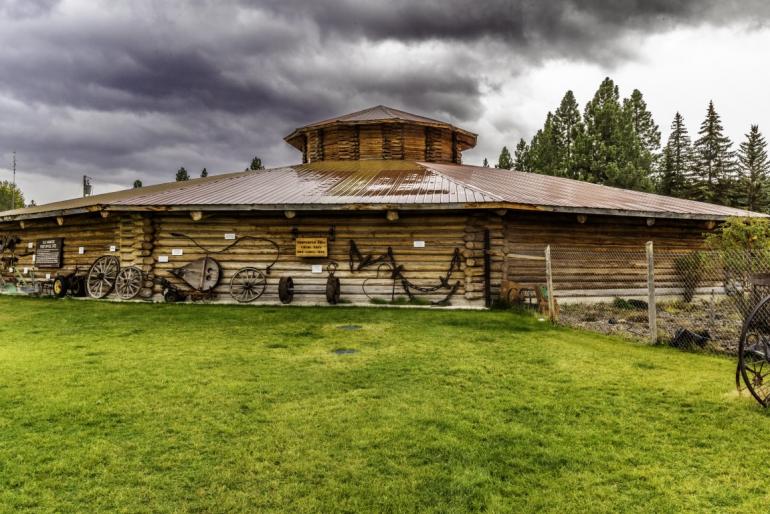
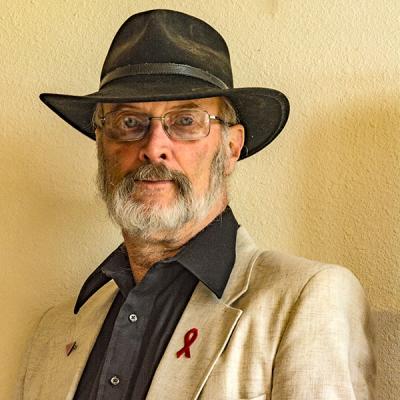
A native Montanan, Bryan Spellman has lived all over the state, and now lives in the foothills of the Cabinet Mountains. A graduate of UC Berkeley, he is now retired from a career centered in the School of Fine Arts at the University of Montana. In retirement, he spends his time on weaving, photography, travel, writing, and, yes, geocaching









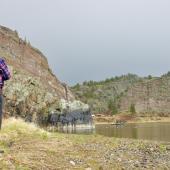
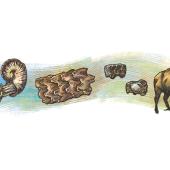

Leave a Comment Here